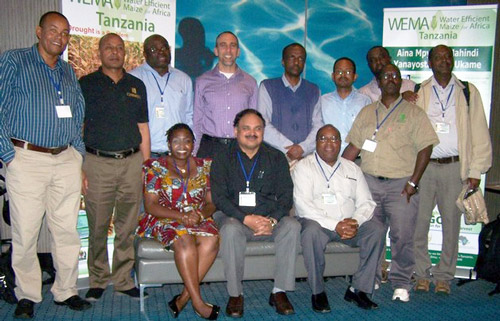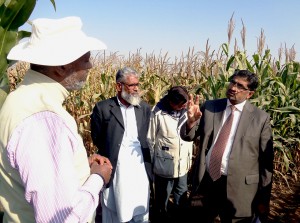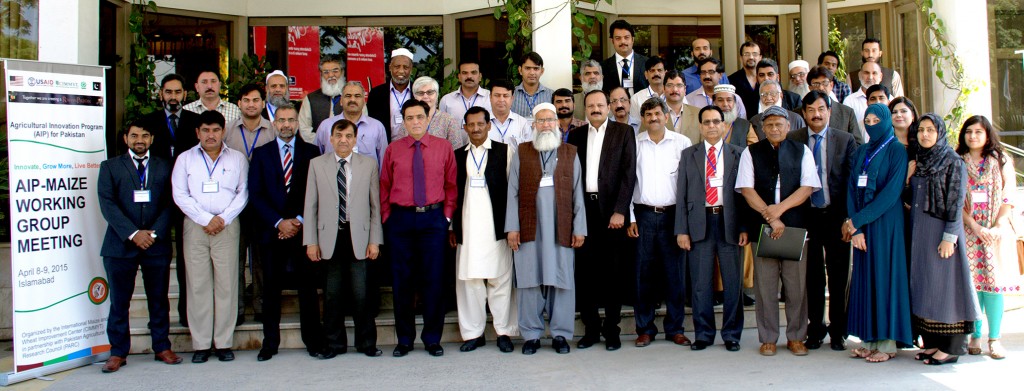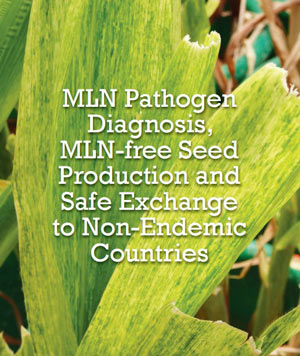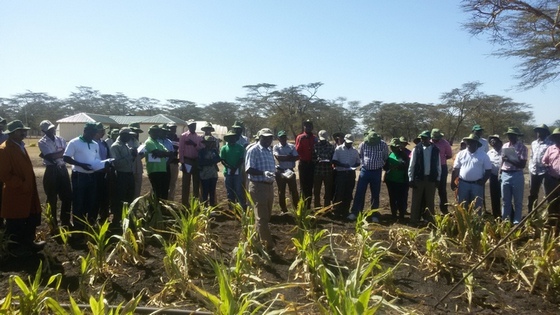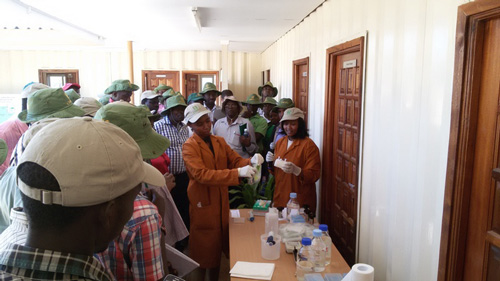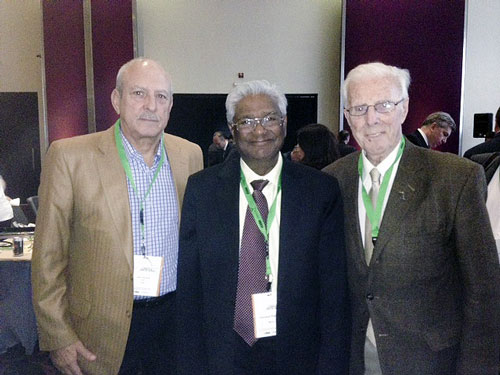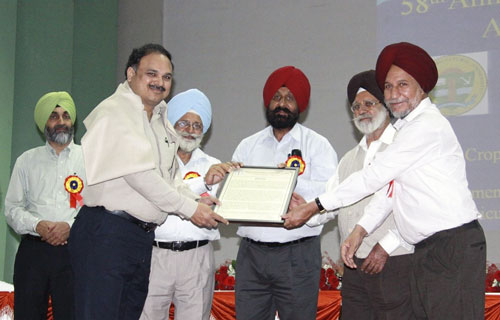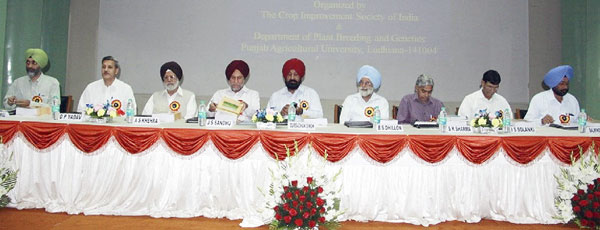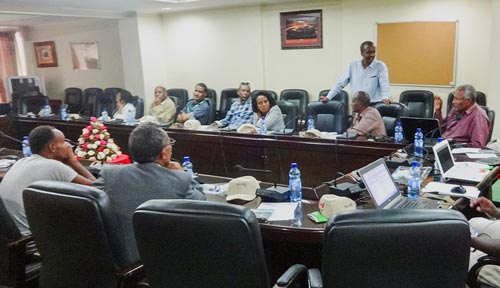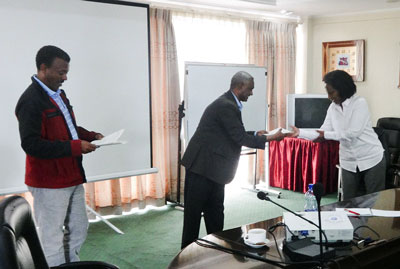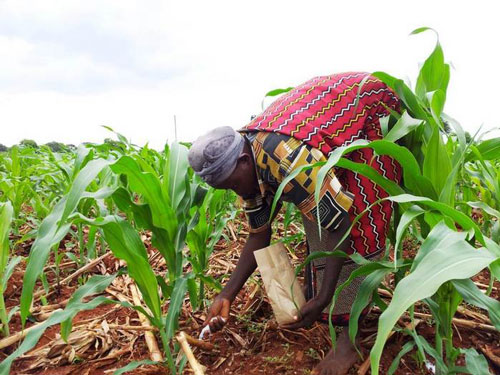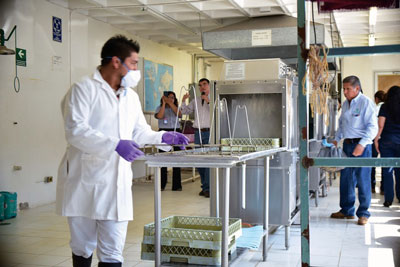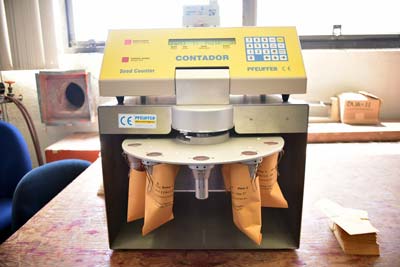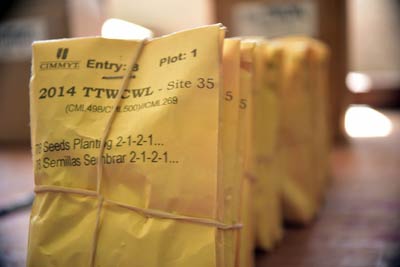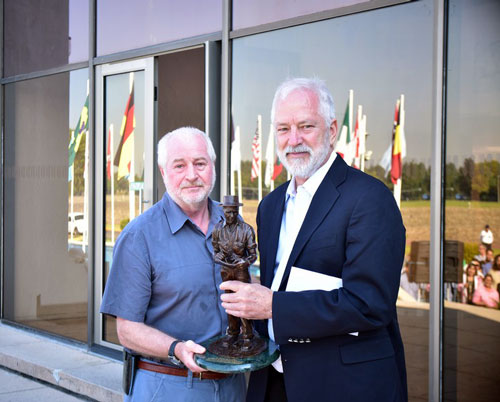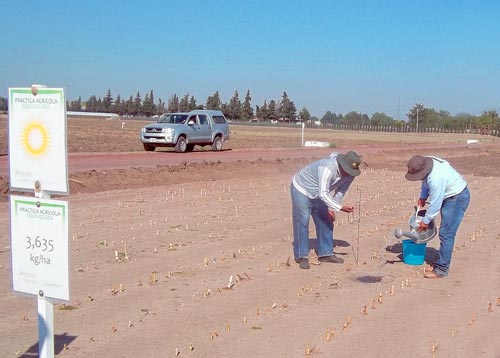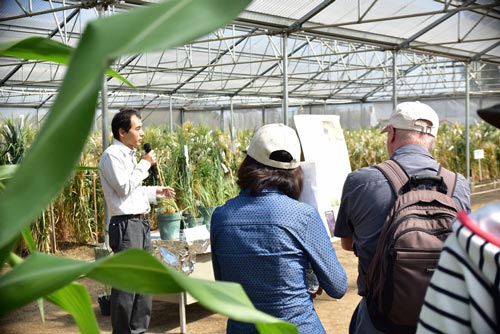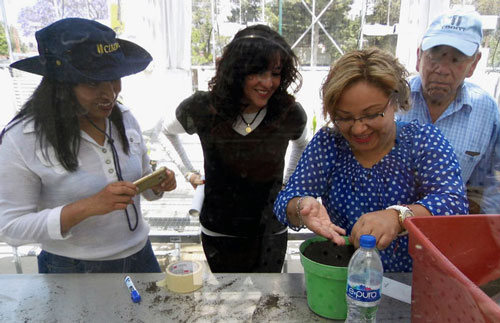A Grain a Day
“A Grain a Day” is an opportunity to shed light on the important role maize and wheat play in global nutrition and to celebrate the dietary value of these food staples. Globally, an estimated 800 million people do not get enough food to eat and more than 2 billion suffer from micronutrient deficiency, or “hidden hunger,” according to U.N. food agencies. Measures to ensure an adequate supply of vital micronutrients include: diet diversification, nutritional education, supplementation and biofortification. Scientists at the International Maize and Wheat Improvement Center (CIMMYT) are using biofortification to boost pro-vitamin A and zinc levels in maize and iron and zinc concentrations in wheat.
Recipes
You can join in the campaign by sending us your favorite wheat or maize-based recipe. All original recipes will be featured below and in our “A Grain a Day” cookbook to be published this summer.
[widgetkit id=48]
Vitamin A Orange Maize: A partnership between Agriculture and Nutrition Bears Fruit
By Yassir Islam, Guest blogger from HarvestPlus
One of the fruits of the partnership between agricultural scientists and nutritionists were the world’s first “orange” maize varieties rich in vitamin A. This ‘orange’ vitamin A maize has been conventionally bred to provide higher levels of provitamin A carotenoids, a naturally occurring plant pigment also found in many orange foods such as mangoes, carrots and pumpkins, that the body then converts into vitamin A.
Farmers in India embrace high-zinc
wheat for its nutritional benefit
By Velu GovindanUndernourishment affects some 795 million people worldwide – more than one out of every nine people do not get enough food to lead a healthy, active lifestyle, according to the U.N. Food and Agriculture Organization (FAO).
Combatting hidden hunger is key to boosting good nutrition
By Martin Kropff, CIMMYT Director GeneralThere are certain things that all human beings need to survive and food is one of them. Aside from food as a biological necessity, it is also a complex cultural product shaped by agriculture, climate, geography and the pursuit of pleasure.

“A Grain a Day” is an opportunity to shed light on the important role maize and wheat play in global nutrition and to celebrate the dietary value of these food staples. Globally, an estimated 800 million people do not get enough food to eat and more than 2 billion suffer from micronutrient deficiency, or “hidden hunger,” according to U.N. food agencies. Measures to ensure an adequate supply of vital micronutrients include: diet diversification, nutritional education, supplementation and biofortification. Scientists at the International Maize and Wheat Improvement Center (CIMMYT) are using biofortification to boost pro-vitamin A and zinc levels in maize and iron and zinc concentrations in wheat.
You can join in the campaign by sending us your favorite wheat or maize-based recipe. We’ll feature original recipes on this page and in our “A Grain a Day” cookbook to be published this summer.
Recetas
[widgetkit id=47]
Leer más:
- Link number one and we need to add a title for testing purposes
- Link number two, again for testing purposes two three four
- Link number three, finally last and title for testing four five six seven



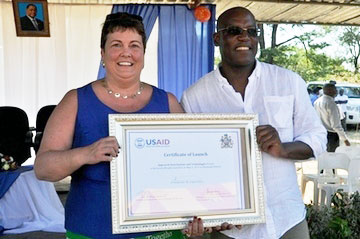
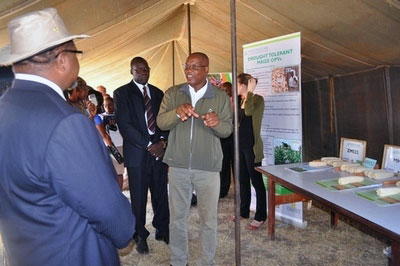
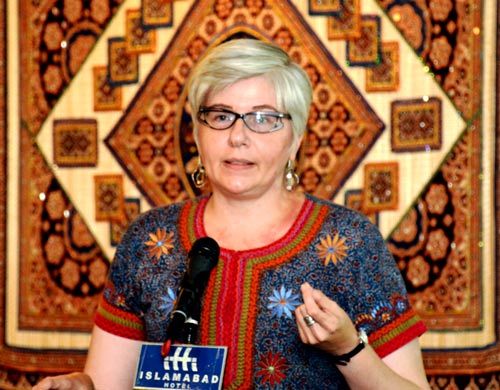
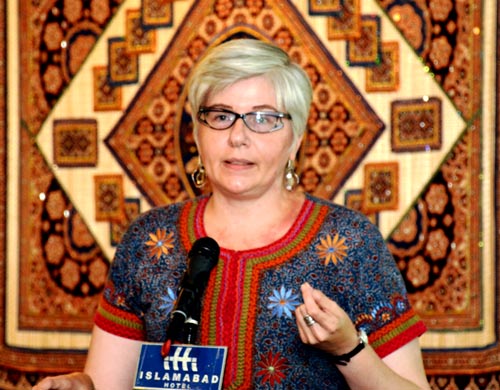
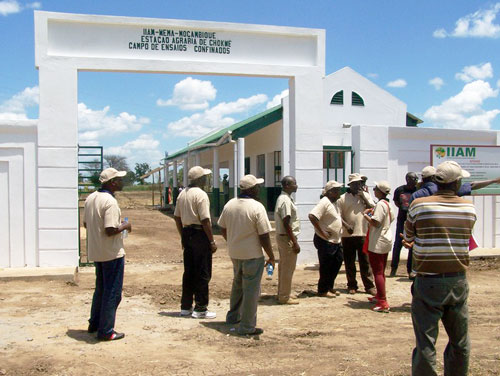
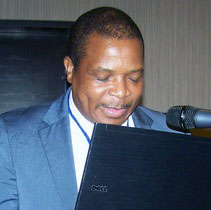 These momentous breakthroughs were revealed at the 7th WEMA Project Review and Planning Meeting in Maputo, Mozambique, which took place February 8–12, 2015. In his opening remarks, Dr. Inacio Mapossé (pictured left), IIAM’s Director General, said that Mozambique’s Ministry of Agriculture had been renamed to the Ministry of Agriculture and Food Security. This, he emphasized, was not just an exercise in words, but also underscored the importance of projects such as WEMA. In his words, “In Mozambique, you cannot talk about food security without talking about maize.” True. Statistics show that nearly all (95 percent) of Mozambique’s smallholders grow maize (report forthcoming), and that maize covers nearly half (40 percent) of the land devoted to annual crops. Hence, the ministry could well have been renamed to ‘The Ministry of Maize’ and the cap would have fitted!
These momentous breakthroughs were revealed at the 7th WEMA Project Review and Planning Meeting in Maputo, Mozambique, which took place February 8–12, 2015. In his opening remarks, Dr. Inacio Mapossé (pictured left), IIAM’s Director General, said that Mozambique’s Ministry of Agriculture had been renamed to the Ministry of Agriculture and Food Security. This, he emphasized, was not just an exercise in words, but also underscored the importance of projects such as WEMA. In his words, “In Mozambique, you cannot talk about food security without talking about maize.” True. Statistics show that nearly all (95 percent) of Mozambique’s smallholders grow maize (report forthcoming), and that maize covers nearly half (40 percent) of the land devoted to annual crops. Hence, the ministry could well have been renamed to ‘The Ministry of Maize’ and the cap would have fitted!